RMI Expeditions Blog
Seth Waterfall calls in from the Roof of Africa, Kilimanjaro.
On The Map
How exciting for you all. It must have been breath taking. Hope you got some pictures Mark. Much love Mom
Posted by: Cornelia Miller on 8/13/2013 at 8:55 pm
Awesome! You made it. Hope you got some pictures from the top, and at sunrise—how special. MA
Posted by: Mary Ann on 8/12/2013 at 10:11 pm
On The Map
On The Map
You are ” not in Kansas anymore”! Great sights behind and ahead for you!!
Posted by: Frances on 8/12/2013 at 4:53 pm
Only about 4000” to go! If that atlas is correct, that is. Good luck, MA
Posted by: Mary Ann on 8/12/2013 at 2:45 pm
Posted by: Pete Van Deventer, Geoff Schellens
Categories: Expedition Dispatches Mount Rainier
Elevation: 14,410'
The guides at RMI really make the difference here! We were fortunate to have Pete and Chase who pushed us along the way and made sure that we were doing all the right things to make the summit! Thanks Guys!
Posted by: Anil on 8/14/2013 at 11:26 am
Congratulations gang! I hated to ‘bail-out’ but conditioning is the key to keeping a group on-schedule and I personally didn’t feel I had it yet. No worries… Next time! Thanks Pete for your most professional guidance…and to Chase for yours. Again thanks!... Congratulations…and ‘See you on the mountain!’ Cheers!
Posted by: Dave McLaughlin on 8/13/2013 at 12:28 pm
Posted by: Pete Van Deventer
Categories: Mountaineering Fitness & Training

Between training and the climb itself, climbers spend a lot of time with a pack on their backs. Somewhat of a necessary evil, the goal is to make your pack carry comfortably and efficiently so that it doesn’t work against you. A few tips that will result in a more enjoyable pack to carry:
1. Minimize dead space in the pack
2. Try to fit everything (except the ice axe) inside the pack
3. Keep the mass of the pack close to your body
4. Frequently adjust the straps to carry the load more comfortably
5. Have a system
Minimizing dead space in the pack will help the pack ride in a more balanced way, and allow you to fit everything inside. A big factor that creates dead space is too many stuff sacks packed together. Round or barrel shaped stuff sacks don’t nest together well, instead leaving large gaps between them (like a cup full of marbles). To minimize this effect, try to limit the number of stuff sacks you use. A compression stuff sack for your sleeping bag is important, as it dramatically reduces the volume of the sleeping bag, but most of the other items can be packed loose, without stuff sacks. The down parka and spare insulating layers do a great job of packing around the sleeping bag to fill any spaces. Some guides go so far as to pack their pack partway, and then (taking care not to crush anything breakable) insert their foot into the pack and squish everything down to squeeze out all of the air. In addition, if climbers have packs with dedicated sleeping bag compartments, I often recommend that they detach the shelf that separates the compartment from the main pack, and treat the pack as one large tube. Sleeping bag compartments tend to create dead space where we want it least, right near the center of mass of our bodies.
Minimize the number of items that are attached to the outside of the pack. The ice axe generally has a dedicated attachment point (the ice axe loops), and is really the only exception to this rule. The rest of our equipment should fit inside the pack. With a little bit of thought, items that seem to take up a lot of space can be packed more efficiently. For example, by stuffing the helmet with extra socks and food before packing it, the volume of the helmet itself becomes very little. Crampons can be put together so that the tines cover each other, and they too can be placed in the pack. Items clipped to the outside of the pack tend to swing, get damaged, and make a ruckus. By minimizing the number of items clipped to the outside of the pack, your pack will carry more comfortably and with less noise!
In general when you are packing, place items that you won’t need or use that stretch to the bottom of the pack, while items that you would like to keep handy (food, sunscreen, etc) stay near the top. Additionally, place heavier items closer to the back panel of the pack, keeping them nearer your center of mass.
There is no perfect fit for a pack, and comfort and fit of your pack will change throughout the course of a climb or training session. In general, try to carry the majority of the weight on your hips. When putting on a pack, hitch the pack up higher on your back than it will ride, and cinch down the waist strap. Then tighten the shoulder straps until they just make contact with your shoulders. Next, lightly tighten the load lifter straps on the shoulder straps and waist belt. This helps to pull the weight of the pack in closer to your back and helps with balance. Lastly, constantly adjust throughout the day as discomforts arise!
Have a system to your pack so that you have a good idea where each item is. This will save you time and frustration throughout the climb, if you can reach straight to a warmer pair of gloves for example, rather than unpack most of your pack each time you need an item. With a well-organized system, you will spend more time at each break resting and recovering, and less time digging for items in your pack. With a little bit of time and practice your pack won’t be such a burden and your training sessions, and ultimately the climb, will be more enjoyable!
________
Pete Van Deventer is a senior guide at RMI Expeditions. A former collegiate nordic skier, Pete climbs and guides around the world, from the Andes to Alaska. Read about Pete's recent sailing and ski mountaineering trip to Norway's Lofoten Islands on the RMI Blog.
Questions? Comments? Share your thoughts here on the RMI Blog!
What are your thoughts on training with steel barbell weights in a pack, up to 50 pounds? Does this mimic climbing conditions, or should different materials be used for a more realistic pack feel?
Posted by: Mark on 11/19/2019 at 6:58 pm
Hi Vikas,
It depends on how many days you are heading out for and what kinds of conditions you expect to encounter. In general, a 60L - 85L pack should be adequate for a backpacking trip of several days in the summer. Check out Whittaker Mountaineering’s Guide to Backpacks for more information on picking and sizing a pack:
http://www.whittakermountaineering.com/mountain-logic/guide-to-backpacks
- The RMI Team
Posted by: RMI Expeditions on 5/24/2014 at 12:42 pm
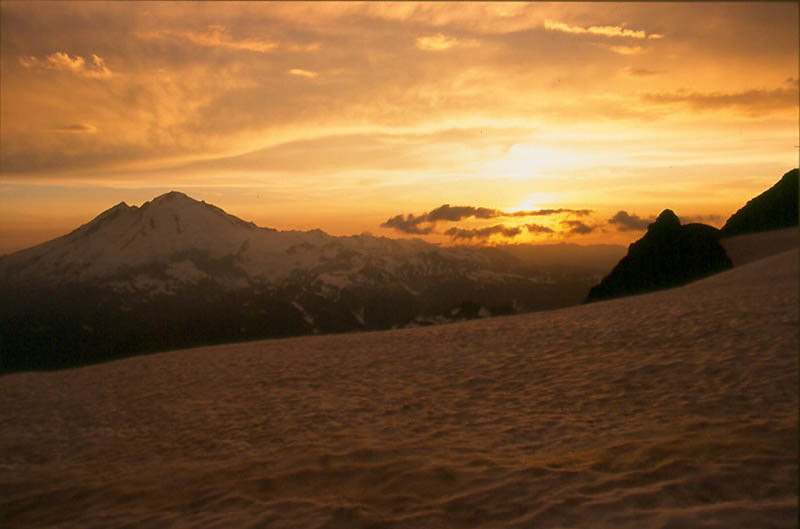
Posted by: Seth Waterfall
Categories: Expedition Dispatches Kilimanjaro
On The Map
Hi bluebell group! Pictures look amazing. Glad the weather is good. I took Audrey up Eagle Creek with some friends. We had a 2 year old golden retriever with us that she “herded” the whole way. Ha! They jumped in and out of the creek and raced thru the trees. BIG FUN!! Enjoy. All is good here. A & B
Posted by: Anneta glavin on 8/11/2013 at 3:26 pm
What a wonderful adventure! Love following your progress and the pictures!
Posted by: Katherine on 8/11/2013 at 12:33 pm

Congrats Jim! This story won’t even need the usual Jim spin on reality to be super impressive! Can’t wait to hear all about it! Super proud of you!
Posted by: Robyn on 8/12/2013 at 6:42 pm
Congratulations Jimmy! Can’t wait to hear about the climb.
Posted by: Paul on 8/12/2013 at 5:27 pm




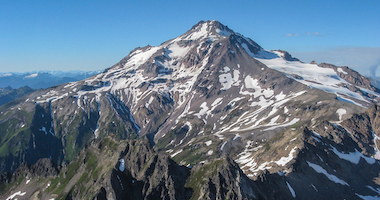


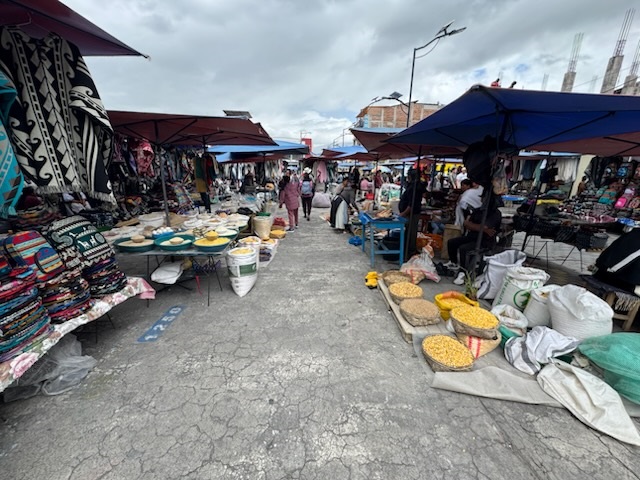
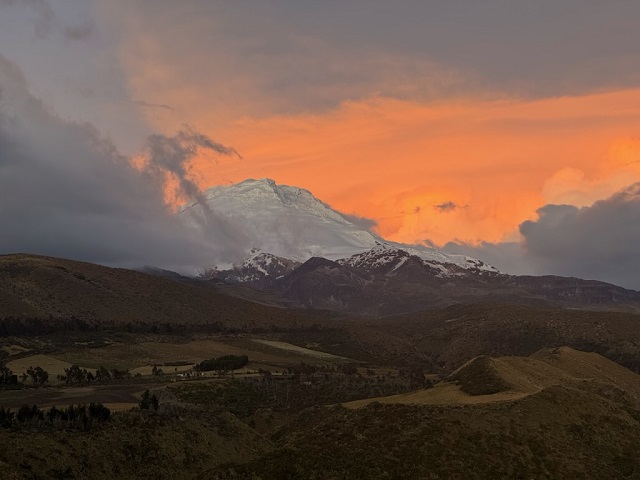

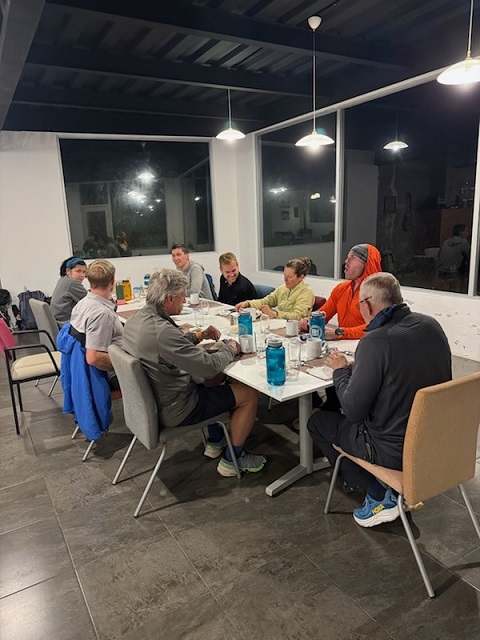
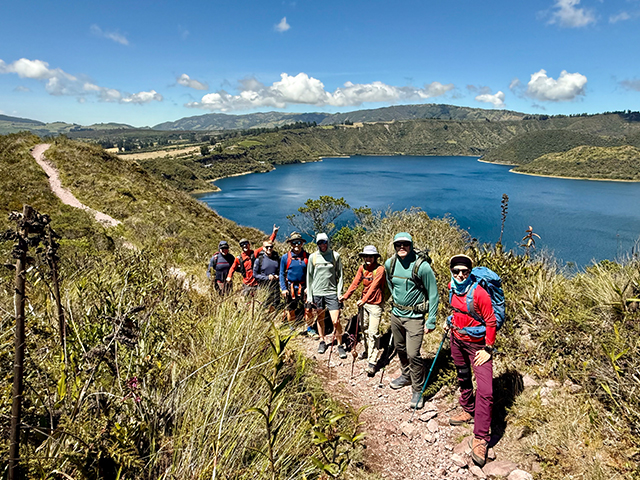
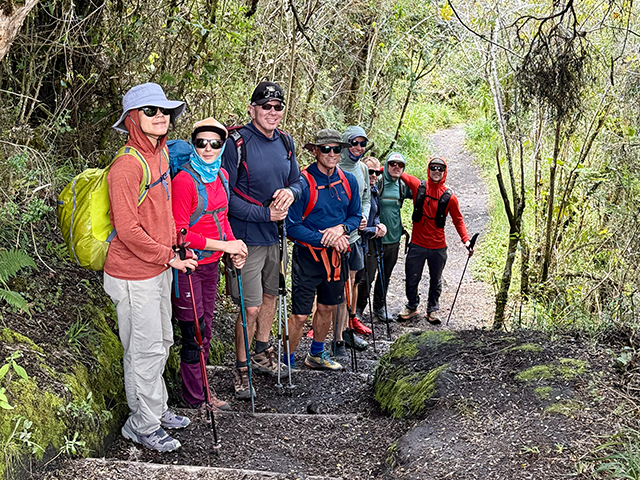
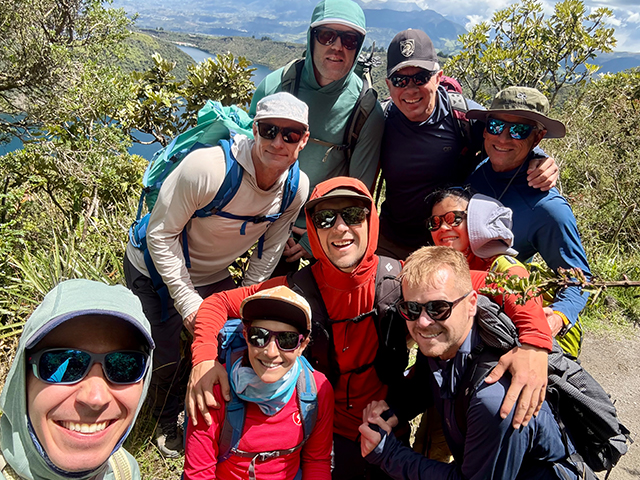
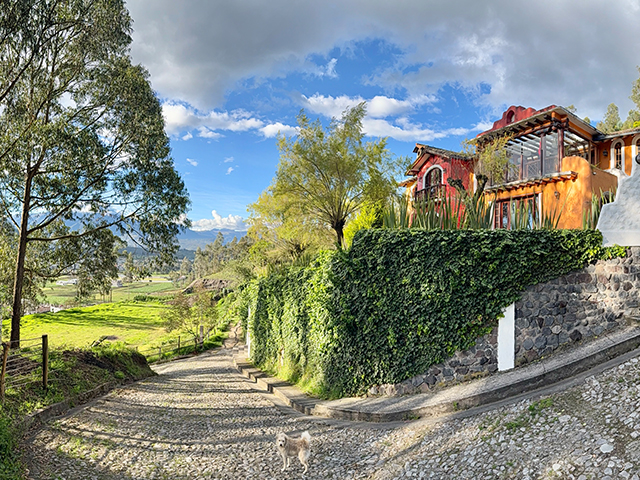
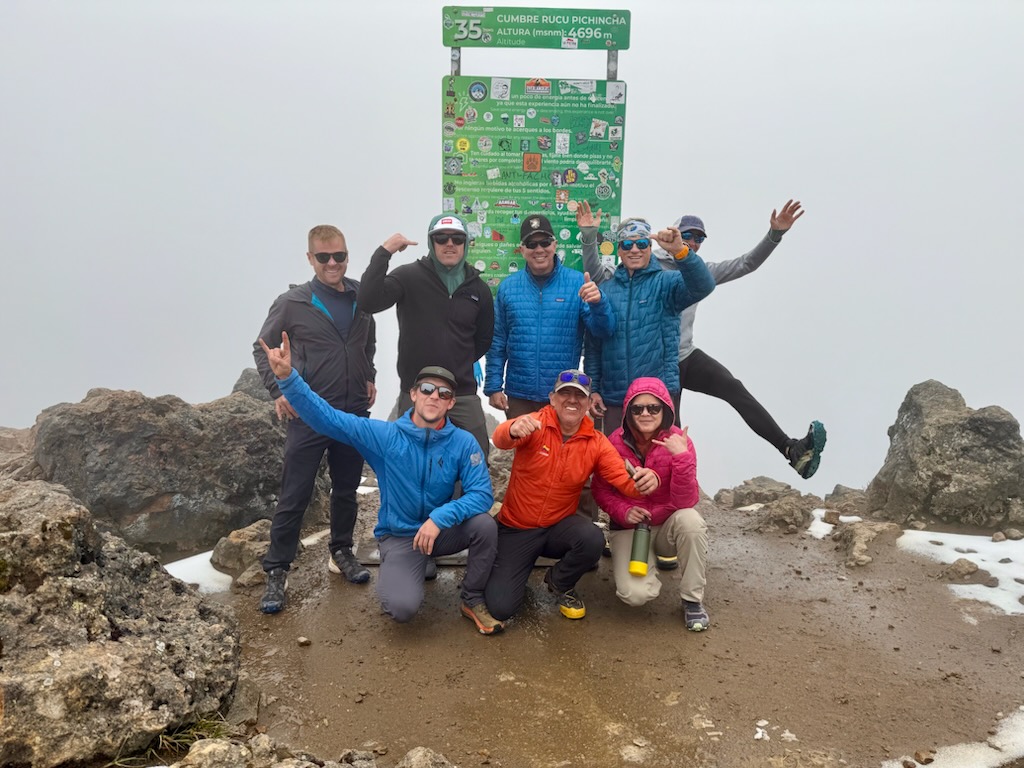
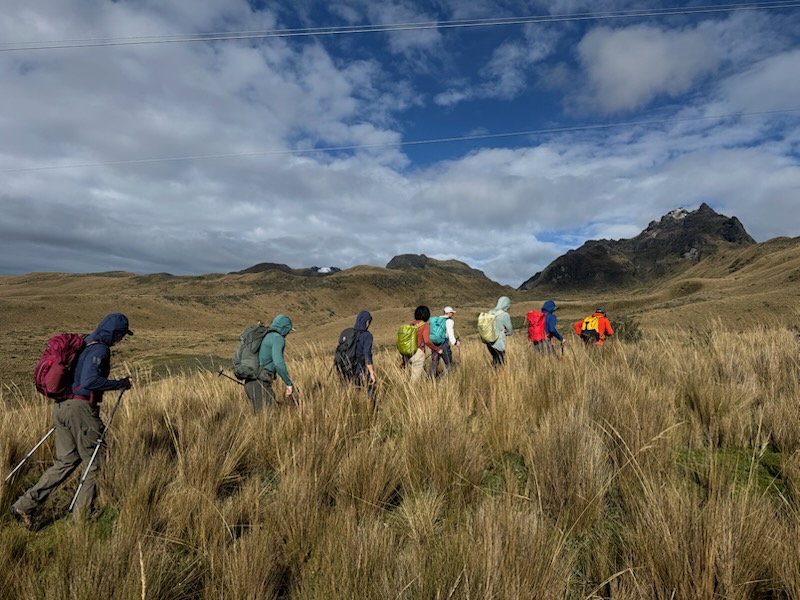
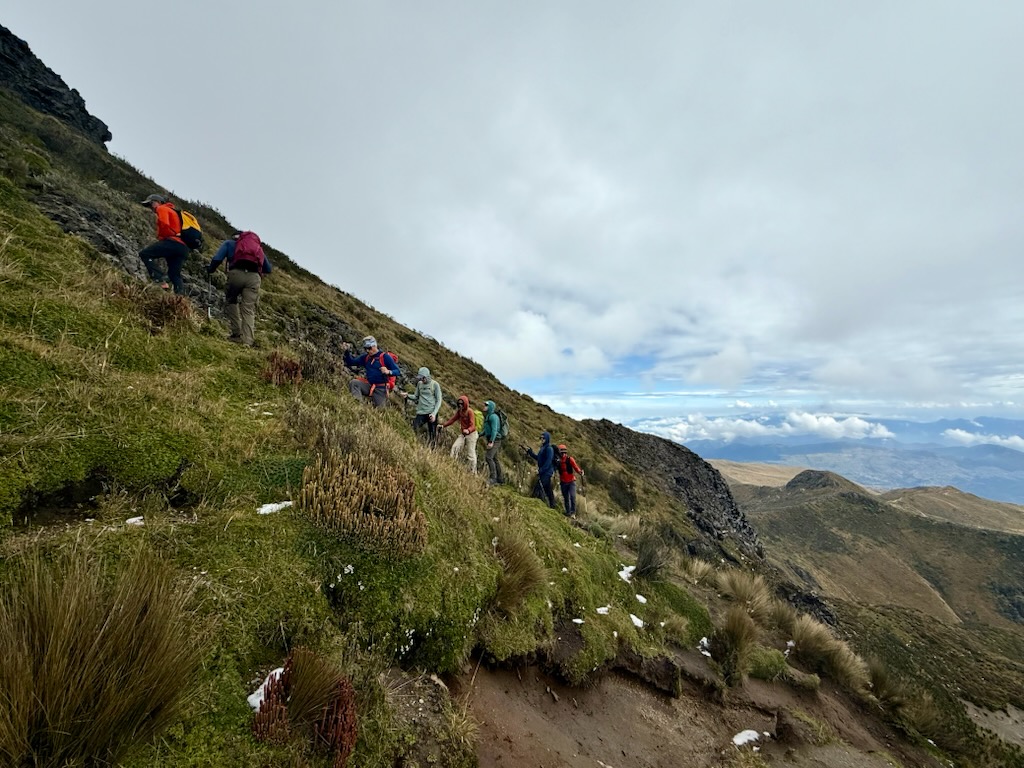


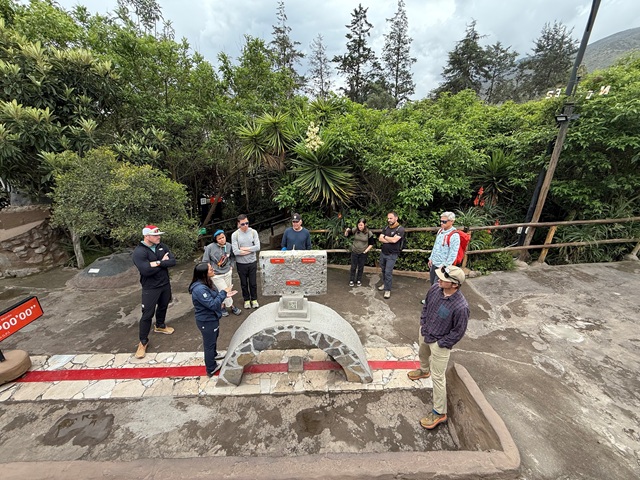

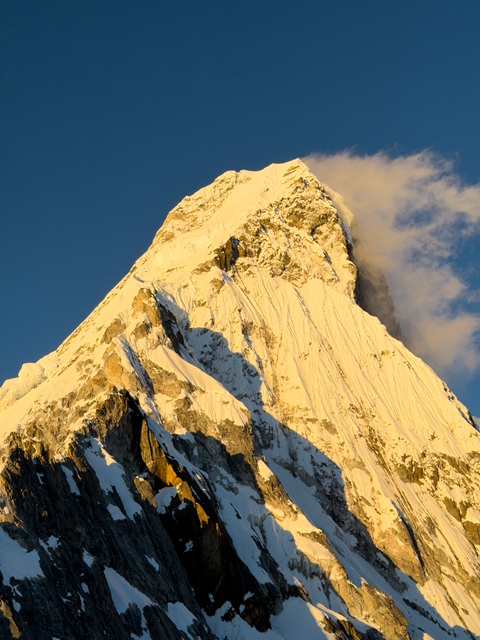
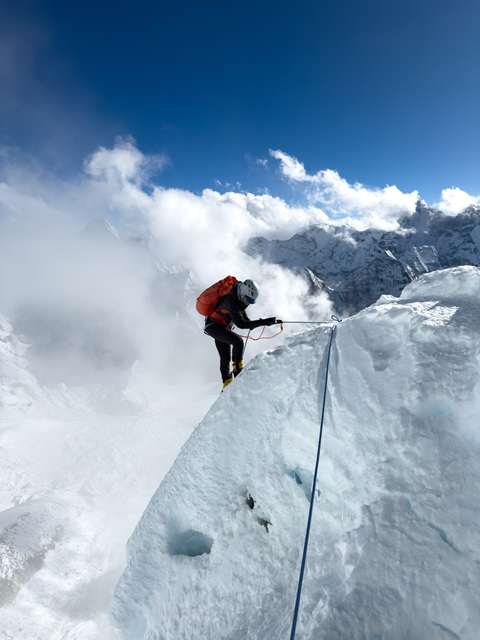
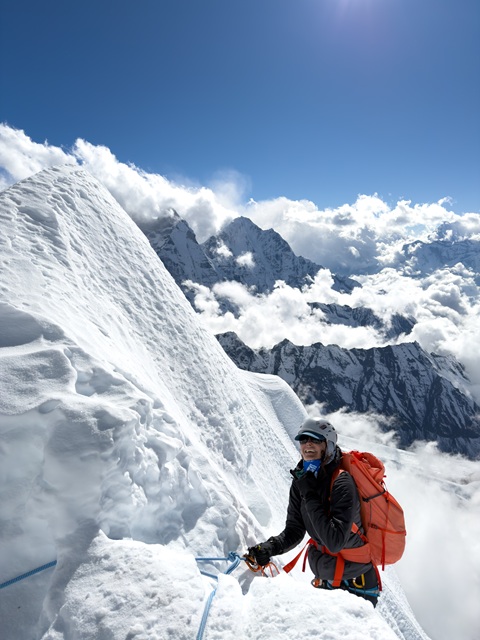
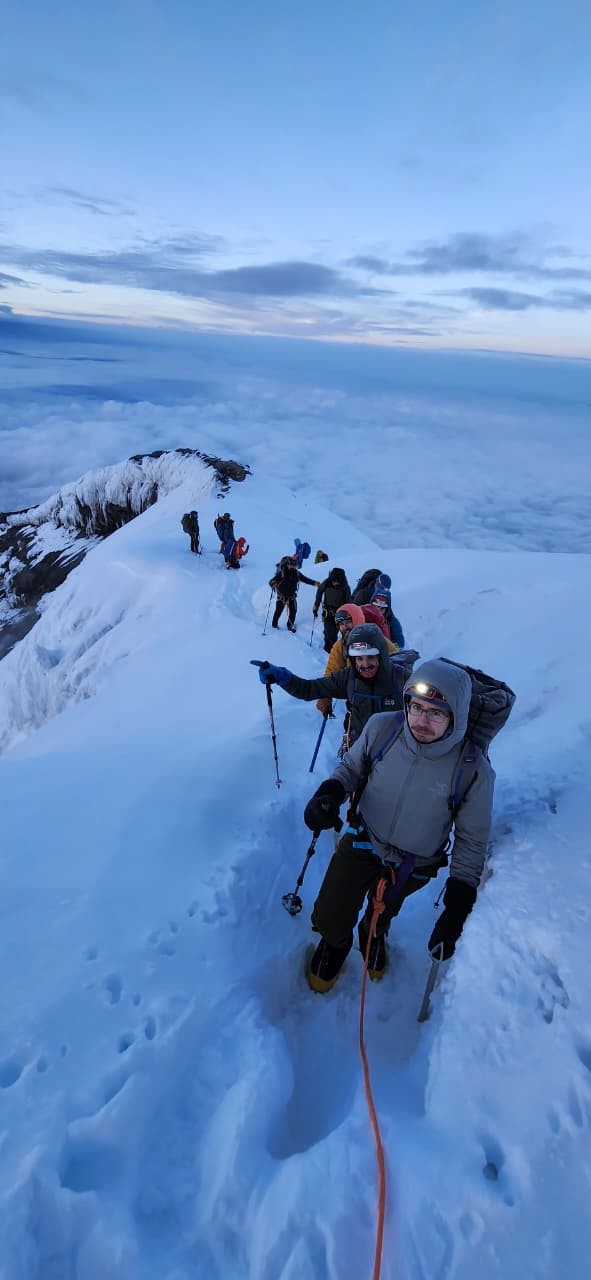
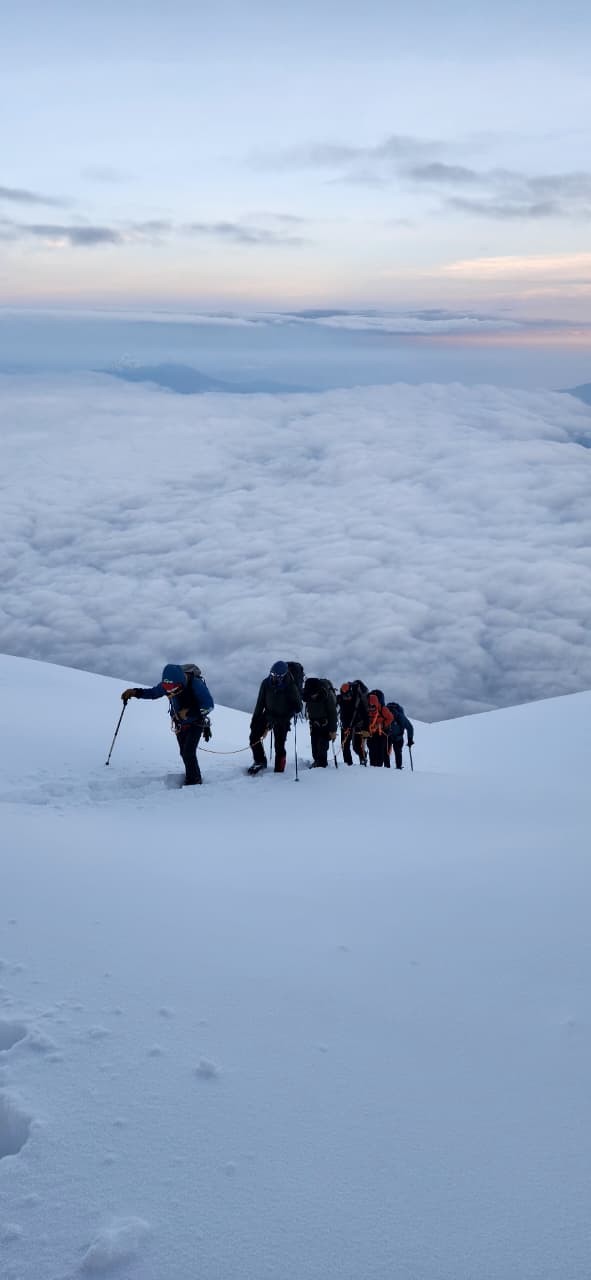
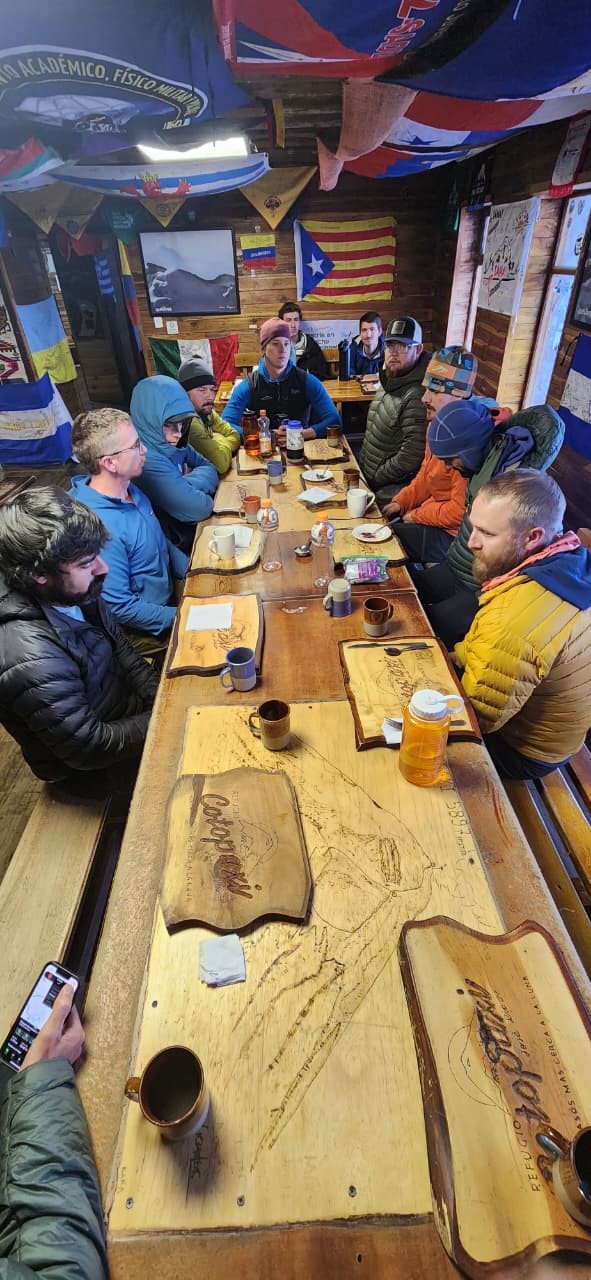


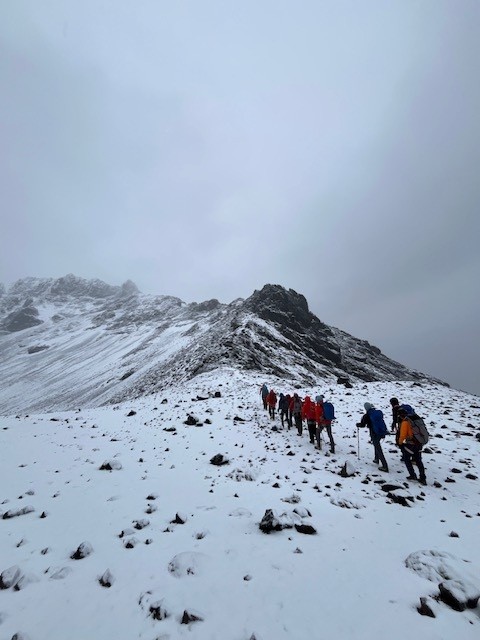

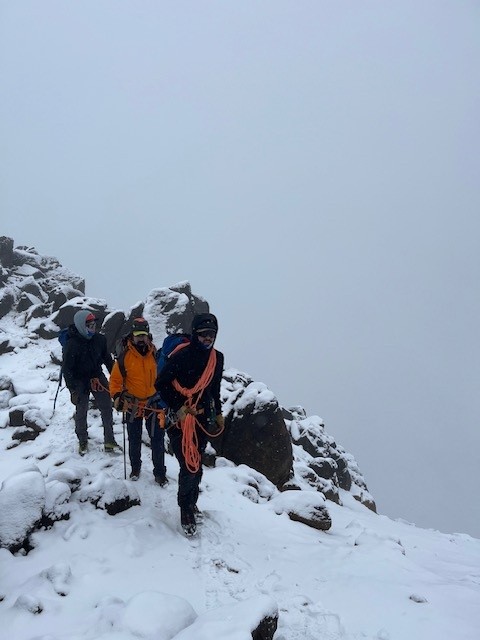
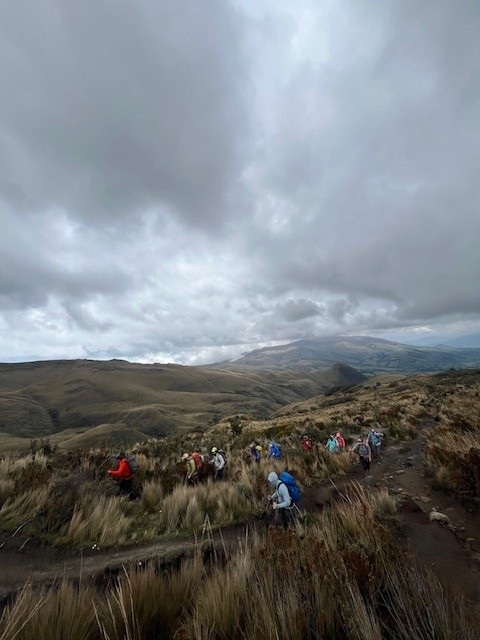

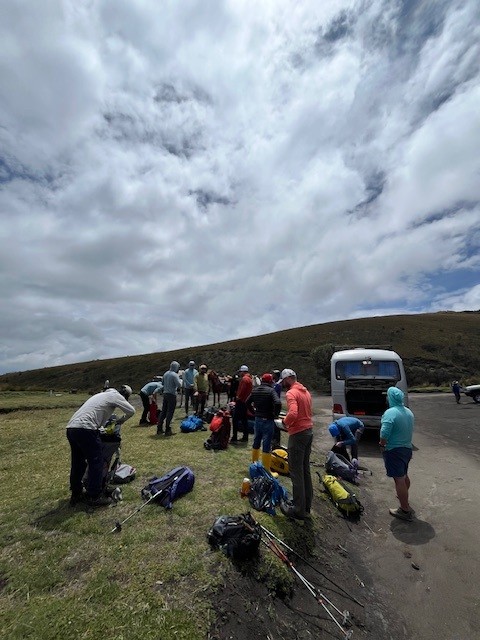
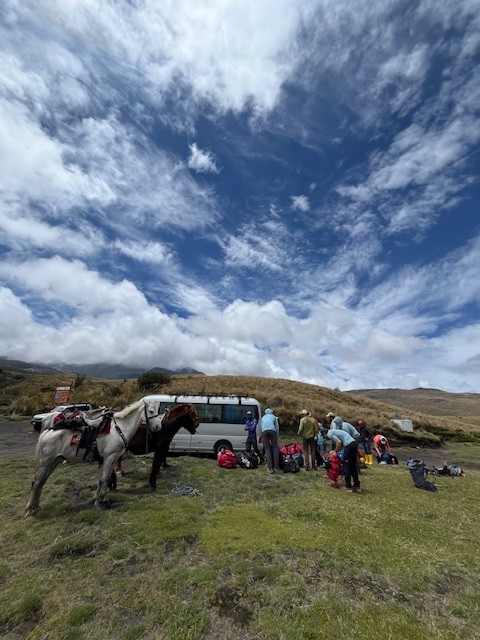
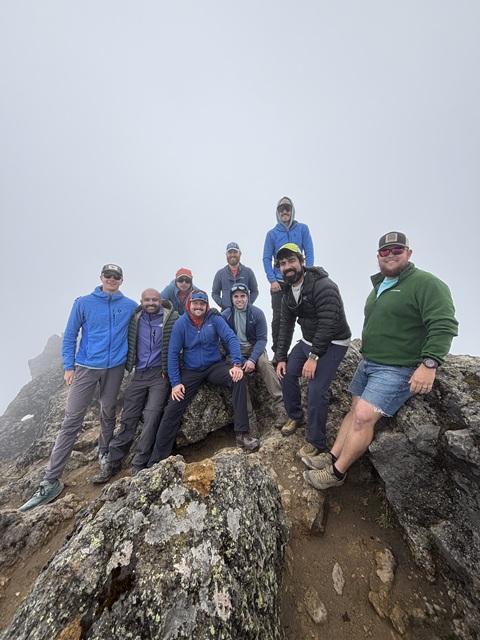






It was all because of our incredible guides Casey, Nick and Nick. They took really good care of me, supported me all the way. Email me and well talk further.what an adventure! Thanks to the whole incredible team for making my 50th birthday my summit day!
Posted by: Amy Daniels on 8/14/2013 at 8:34 am
Congrats Amy and Marc! We don’t know each other but my husband Richard and myself are just waiting for next Aug dates to sign up! I’d love to hear about your guys journey! Hope to hear from you when the dust settles.
Again, CONGRATS!
Posted by: Beth on 8/13/2013 at 11:21 pm
View All Comments